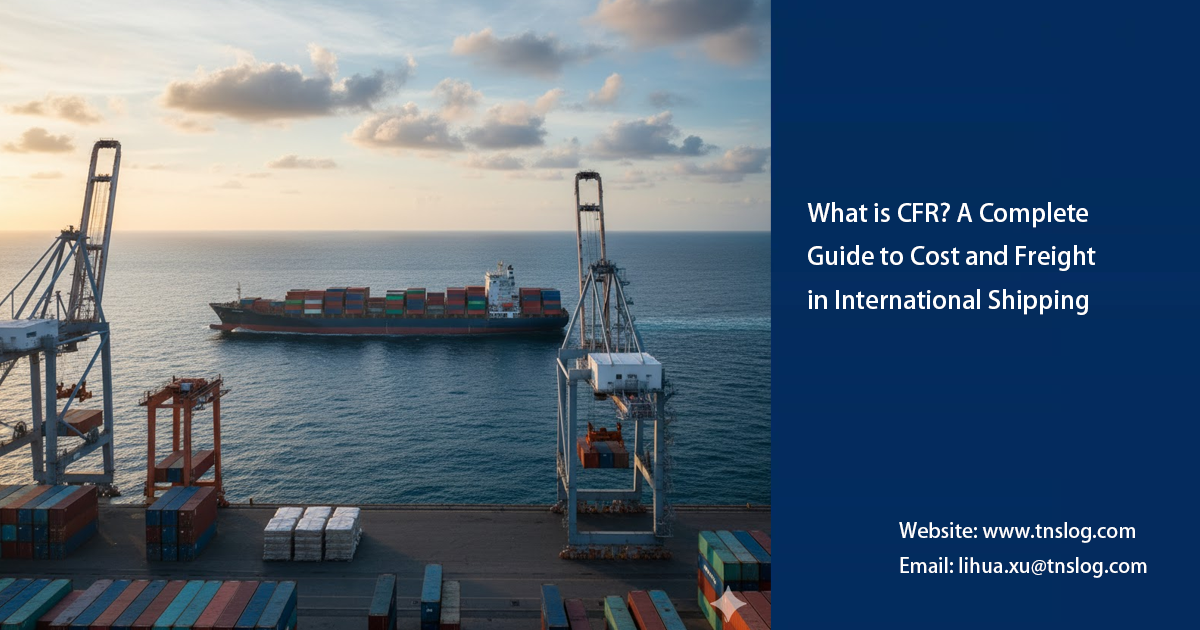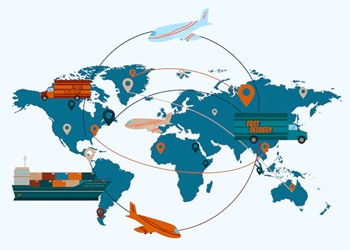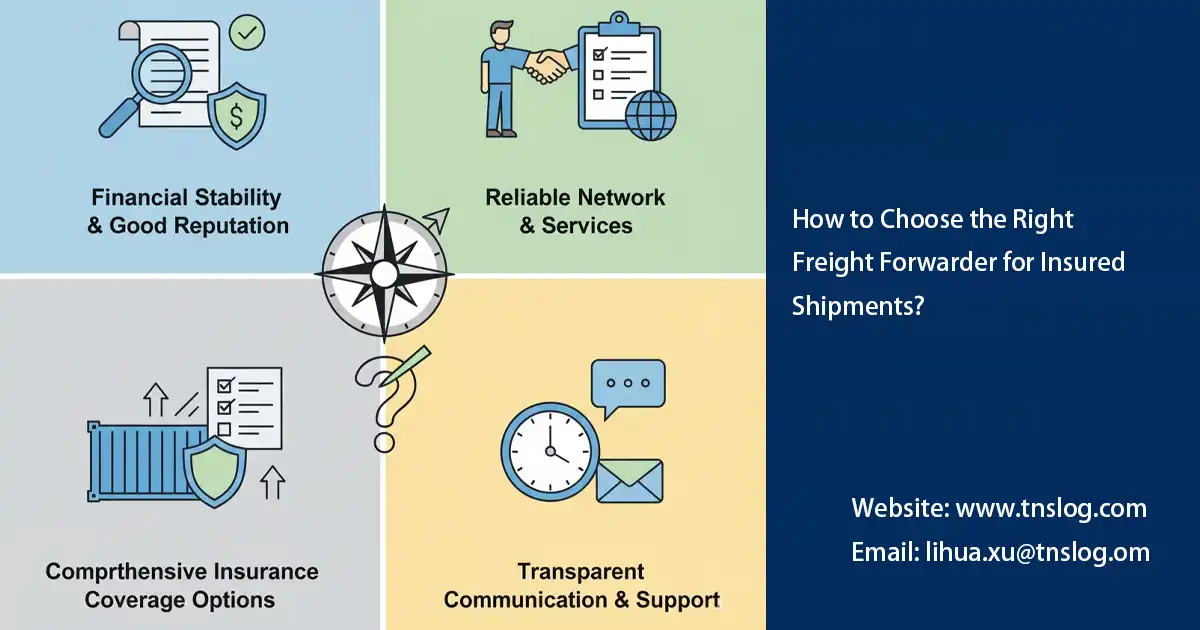Factors That Influence Marine Insurance Costs
Why can insurance quotes for the same shipment sometimes vary by 30% or more? Why do different shipping routes and insurers offer vastly different rates even for the same cargo value?
For companies engaged in frequent import and export, marine insurance costs are often an overlooked yet crucial component of overall logistics costs. According to international shipping statistics, global cargo losses from shipping damage and delays reach as much as $50 billion annually. Managing risk while obtaining reasonable premiums has become a common challenge for exporters, buyers, and shipping companies.
Marine insurance premiums are influenced by more than just a single factor; rather, they are a multifaceted combination of risk factors: cargo attributes, shipping routes, claims history, and underwriter policies can all significantly impact premiums. This article will systematically examine these core factors and provide practical advice to help you effectively manage costs while maintaining adequate protection.
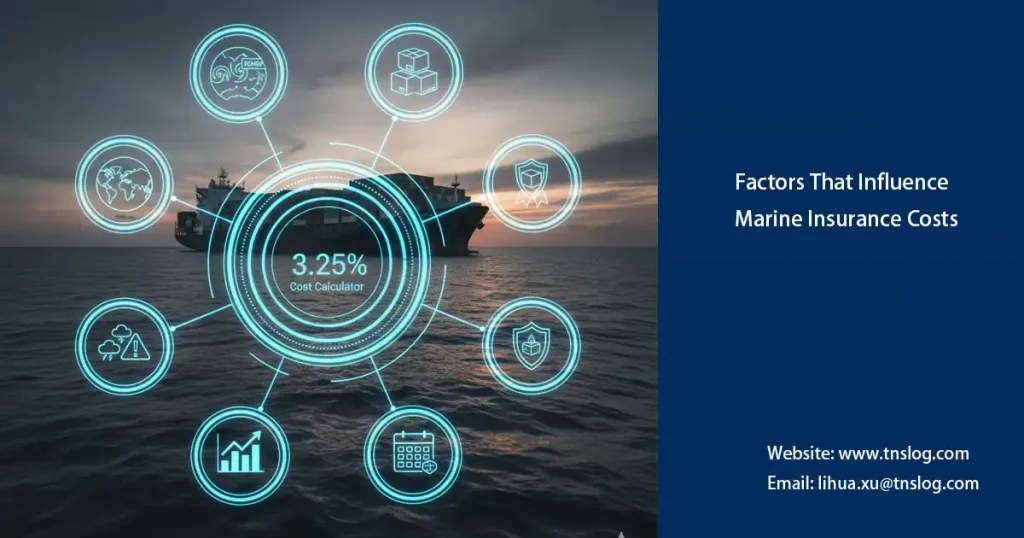
1.Cargo-Related Factors
a. Cargo Type and Risk Characteristics
When calculating marine cargo insurance costs, insurance companies first consider the risk level of the cargo itself.
- High-value or easily theft-prone cargo (such as electronics and luxury goods) is assessed as high-risk, and rates are typically increased by 10% to 20%.
- Fragile or delicate equipment, vulnerable to damage during transportation, requires higher coverage.
- Hazardous goods and chemical raw materials must comply with IMDG regulations, and insurance companies will assess rates based on shipping conditions.
b. Packaging and loading methods
c. Cargo value and declared amount
Insurance premiums are typically calculated based on the declared value of the cargo, typically CIF or CIF + 10%. Ensure the declared value is realistic and reasonable to avoid understating the cargo value and potentially causing a claim rejection.
For a more detailed explanation of the premium calculation formula, please read:
👉 How Marine Insurance Premiums Are Calculated?
d. Season and Storage and Transportation Conditions
2. Routes and Transportation Risks
a. Route safety status
b. Transshipment frequency and transportation mode
c. Flight duration
Want to learn more about the differences in coverage between different insurance types? Please refer to this article:
👉 Overview of Main Types of Marine Cargo Insurance
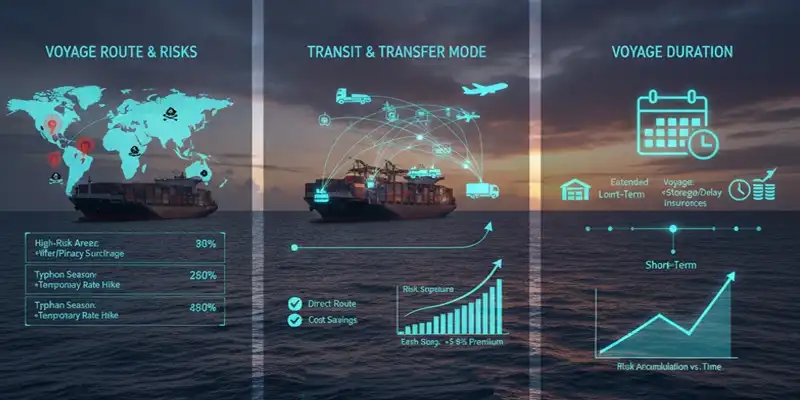
3. Historical Claim Records
Insurance companies assess the claims history of both the policyholder and the carrier. Frequent claims, even if small, may be considered high-risk and subject to higher renewal rates. Maintaining a good claims record and providing evidence such as shipping monitoring and packaging photos can help secure more competitive quotes.
According to Lloyd’s data, companies with three consecutive years of zero claims experience an average premium reduction of 8%–12%. This demonstrates that establishing a sound risk management system can reduce insurance costs in the long term.
Promptly reporting a loss and providing complete evidence will help maintain your claim credibility and reduce subsequent renewal premiums.
For detailed instructions, please refer to:
👉 Step-by-Step Guide to Filing a Marine Cargo Insurance Claim
4. Insurance Provider Policies
a. Coverage Terms and Exclusions
b. Market supply and demand and competitive environment
c. Channels and partnerships
Conclusion
Marine insurance costs are influenced by many factors, including cargo type, shipping route, claims history, and insurance policy. By optimizing packaging, increasing transparency, selecting insurance policies, and maintaining a strong claims record in daily operations, companies can effectively reduce long-term insurance expenses while ensuring coverage.
Have Anything To Ask Us?
Please fill in your email in the form and we’ll get back to assist you soon!

